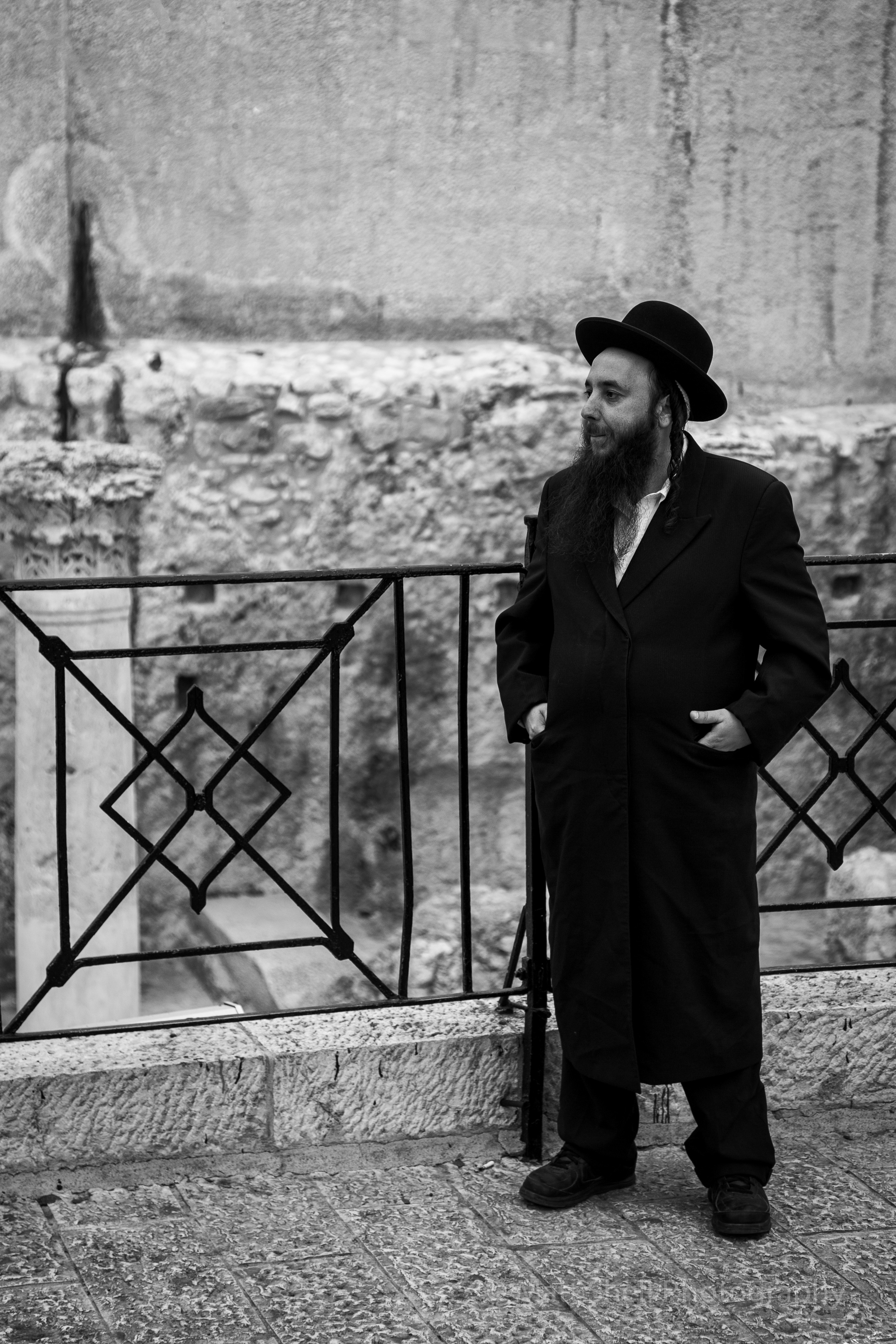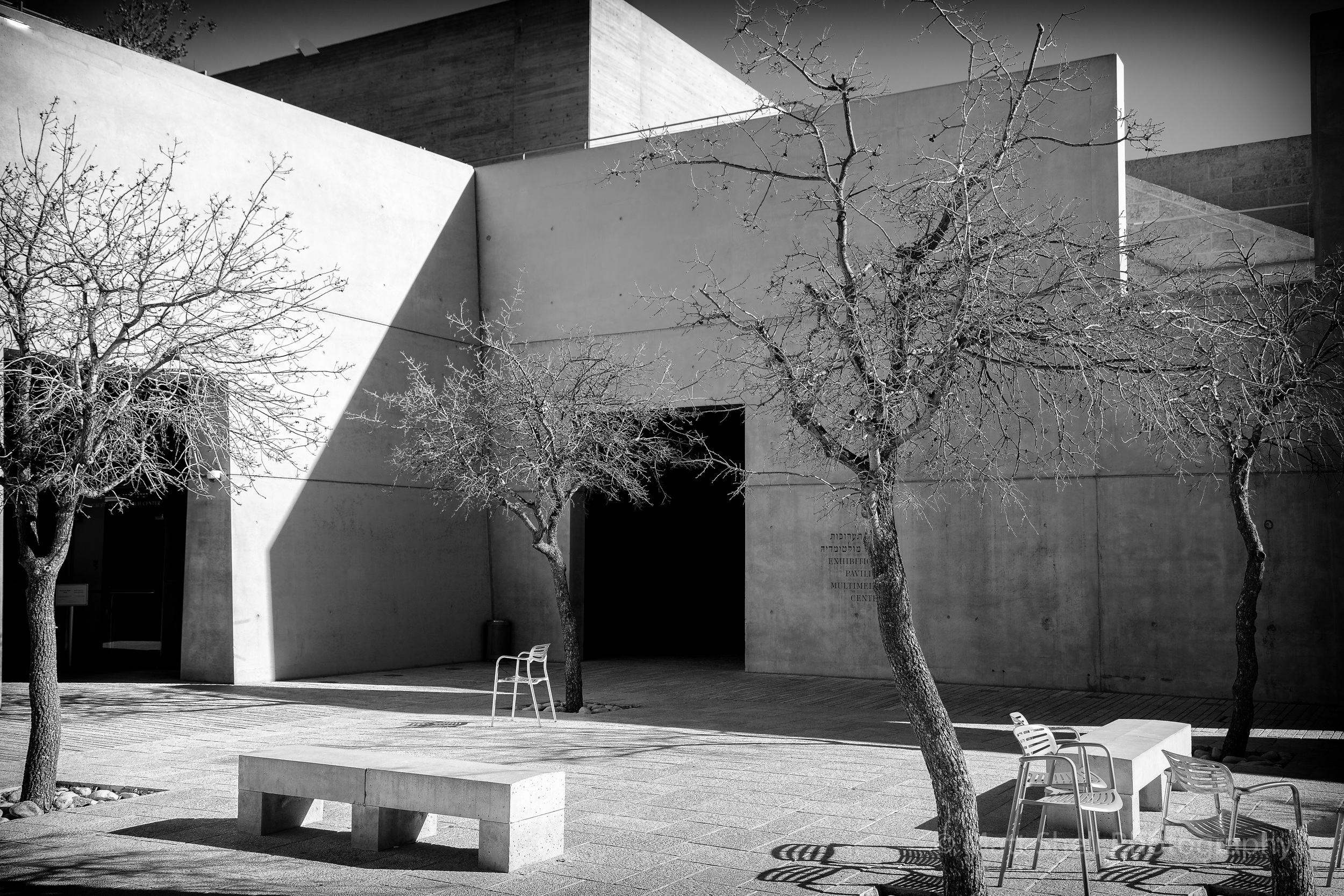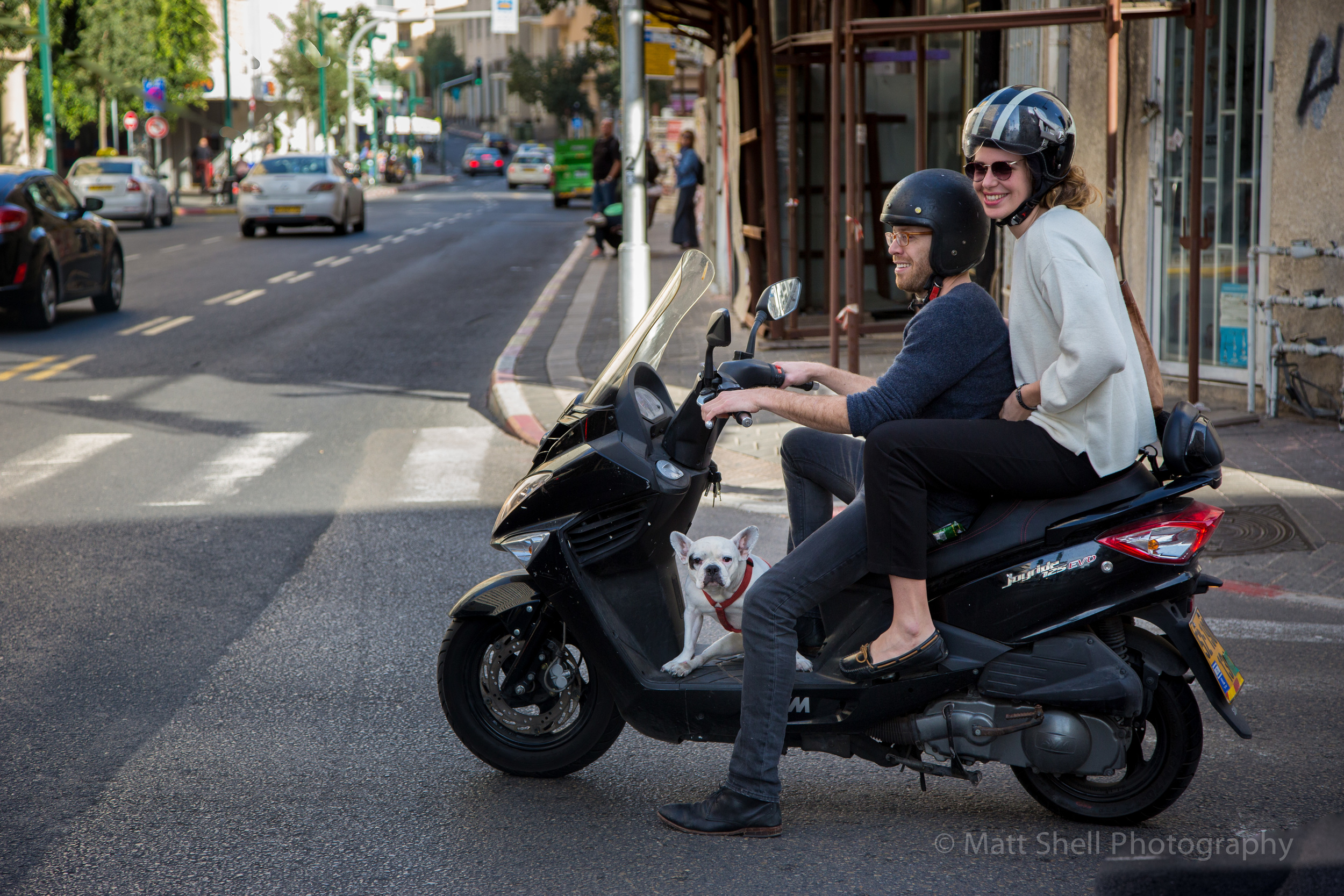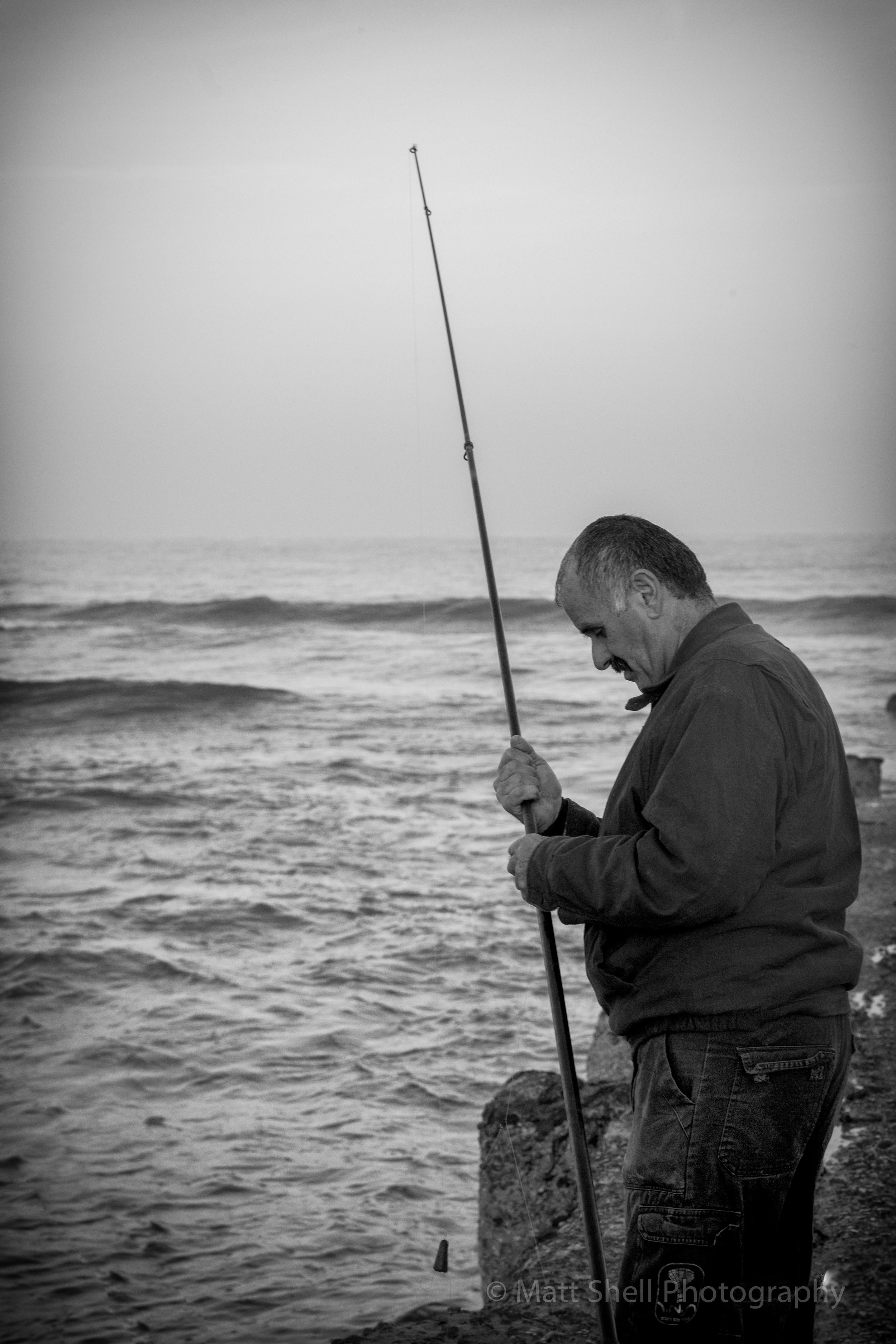I know it seems like I've been doing a lot of glamorous traveling the last few months... okay, I have. That was a bad way to start this out. Let me try again.
I've been doing a lot of cool traveling the last few months and almost every time I've brought my camera and without a doubt, every time, I've learned something. One of the really became aware of was how to take a picture at popular tourist locations. As photographers, we often find ways to make interesting images that are different from the norm by taking our cameras to out-of-the-way places that haven’t been flooded with photographers. But what about those times when you’re heading somewhere that has been photographed millions of times already? Is it possible to create interesting photos of tourist destinations? I work with a view of the Golden Gate Bridge and almost every day I think about new and interesting ways to shoot that bridge that haven't been done a million times already. Or, as many of you know, I work at Lucasfilm and we have a pretty well known status of Yoda in front of our office and it's gets photographed at least 100 times a day... and ALL of the photos look exactly the same.
Let’s consider how you can make an interesting photo, at a famous location.
#1 First, cover the usual
Although we want to make photographs that go above and beyond the usual tourist snapshots, that doesn’t mean you’ll want to ignore those vantage points entirely. You’re at the location and you’ve probably seen the postcard photo a hundred times, but this might be your first time there with your camera. You got to take the shot everybody is expecting and then go find the more unique shots. You can be sure that when I went to Australia, the first thing I shot was a picture of the Sydney Opera House with the bridge in the background. But once I took that shot i started walking. I walked all around the Opera House, looking for a more unique and interesting shot.
Everybody takes this shot of the bridge. Try something different!
Like this!
#2 The Usual… with a twist
Try to mix it up a bit. How about that usual shot but with some sort of twist? Is there an element you could add to the composition for context? How about What would the usual shot look like if you got there before everyone else? Could a lack of people improve your shot? Do some research and see if there are any early entry or behind-the-scenes options. Going somewhere by boat? Get the boat in your shot, or a shot of people getting on or off the boat. At Disneyland? Include your ticket stub or ice cream in your shot. At Disneyland I love to get shots that include the iconic Mickey ears. They make for great photos.
#3 Turn around and look behind you
Here's a biggie and you've heard me say it many times. Well, you don't hear me, so you've read about me saying it many times. I’ve made many photographs simply by turning around and looking in the opposite direction to where everyone else is pointing their cameras. Could you get an interesting photo of Marin while most folks photograph the Golden Gate Bridge from the north? As someone is photographing a sunset over the ocean, what if you turned around to see what the golden light is doing to the scene at your back? This has ended up being my favorite shot more times than I can remember.
I've shown this shot before, but the point is this was what I saw when I turned around from what I was actually shooting. I never would have seen it if I was just focused on the shot I came for.
#4 Look for details
Capture the expected, famous images. Get one with the whole Golden Gate Bridge in the frame. Go wide and ensure you have a photo of the full height and breadth of the Arc de Triomphe or the Sydney Opera House.
After you’ve done that, look for details. Instead of all of the Eiffel Tower, how about just the top with a cool foreground ? Take a look around at signs. I love including signs from foreign places in my photos? Is there something old and worn out that helps tell the story of the location? Is there something fresh and new? Is there something new AND old? Okay, I don't know what that would be, but you get the idea. Whether you use a zoom lens or just “zoom with your feet” and walk closer, get up close. Photographing a ship in port? Get a shot of the rope wrapped around the cleat at the dock. Hiking to a waterfall? Fill the frame with the area where the water hits the rocks, and get a photo of the trailhead sign as well.
So, I think the goal of this post is pretty clear. Go out at take that shot of the Grand Canyon, Hollywood sign, Mt. Rushmore, Empire State Building, etc., but don't stop with that expected photo. More your feet, walk around, look up, look down and take some unexpected photos that are yours alone. They will end up being much more special to you and more interesting for others to view. Good luck!!



























